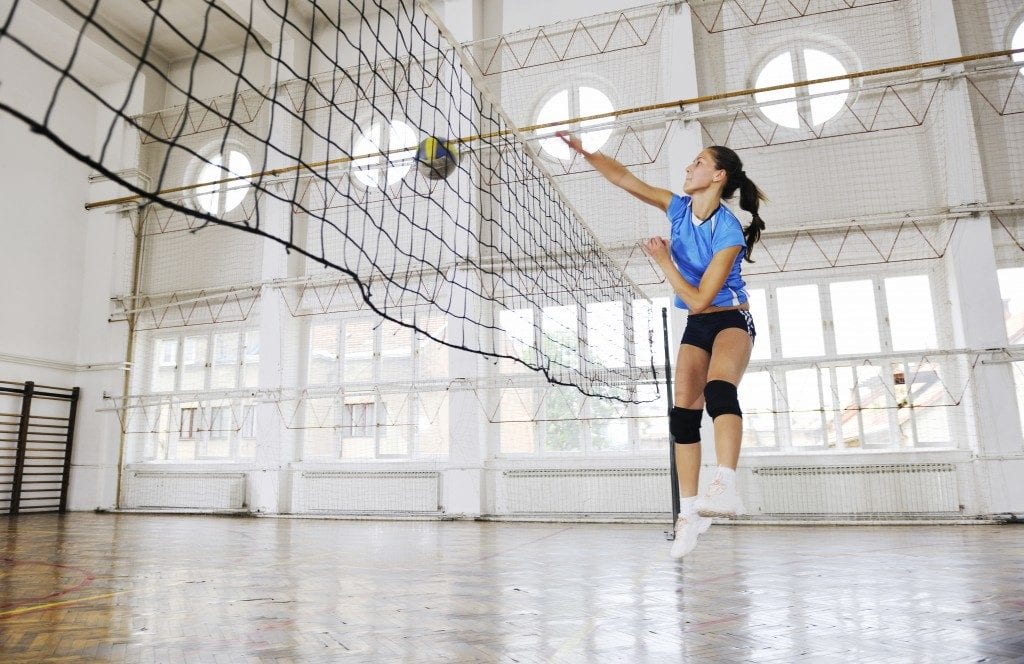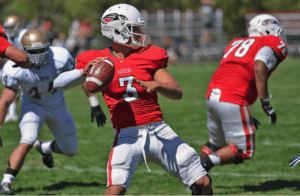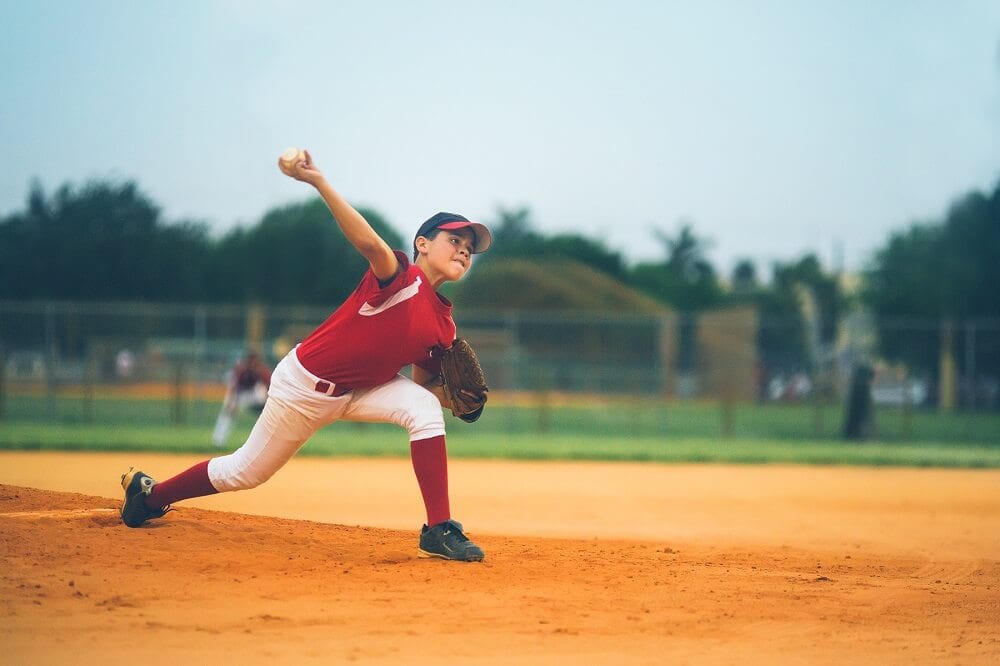by Kevin Truitt
PT, DPT, CSCS | Anthem
It is no surprise that athletes are prone to injuries. However, overhead athletes who participate in sports such as baseball, softball, swimming, volleyball, and tennis are even more prone because their movements are complex and multifactorial. These injuries are not only due to the position of the shoulder and arm during repetitive movements but also the transfer of power between the overhead athletes’ upper and lower extremities.

Keeping overhead athletes on the field
There are often underlying causes of an arm or shoulder injury due to a lack of coordination and strength in the shoulder region, spine, hips, knees, and ankles. It’s essential to look at all of these pieces to effectively and safely keep athletes on the field and help them return to their sport after suffering from an injury.
What happens to an athlete’s body if they ignore pain or injury?
When an athlete ignores pain and discomfort, the condition will likely worsen over time. Overhead athletes are prone to repetitive stresses on the arm and shoulder. If the pain or injury is not treated, it will worsen, causing a loss of function and playing time.
Injuries often take longer to heal than athletes and parents are willing to wait, and a rehabilitation program design will look much different for a 13-year-old compared to a 21-year-old. Simply building a training base for an athlete often goes a long way. Helping them move better can fix some injury issues that arise in baseball. The body can self-organize movement if you give it the proper joint motion and strength. You don’t always have to touch a baseball to improve at baseball.

How to evaluate overhead athletes
An overhead sport is where an athlete uses the upper arm and shoulder in an arc to propel overhead motions. When evaluating an overhead athlete, the primary assessment includes a detailed evaluation of the athlete’s ability to transfer power across the entire kinetic chain, including the lower extremities, hips, core, elbow, and shoulder. For example, the following is what I would look at for a baseball player.
- Ankle range of motion and stability.
- Hip range of motion. This is important, especially for baseball pitchers. An incredible amount of range of motion stress is placed through the hips during the pitch stages.
- Balance. How stable is the athlete during the pitch?
- Core strength. The trunk facilitates the transfer of power between the lower extremities and the arm.
- Shoulder range of motion. The total range of motion for external and internal rotation is compared bilaterally to ensure no loss of total motion could increase a shoulder injury risk. Flexion is also essential to monitor (overhead reach). Pitchers will lose this motion naturally, but too much can also increase injury risk. There is good research to support this assessment approach.
- Elbow range of motion. Minimizing extension loss will help maximize elbow health.
- Muscle strength and endurance. The above joints should have surrounding muscles with great peak strength and high endurance. Baseball pitchers are in a unique position in sports. They must throw a ball 90-100% every time but repeatedly with minimal rest over many innings. This combination of strength and endurance requires carefully tailored conditioning and rehab programs to maximize health and longevity.
Common baseball injuries and what an evaluation entails
In this video, Kevin Truitt, PT, DPT, CSCS informs us of common baseball injuries, what an evaluation entails, and some of his favorite exercises for baseball players. Dr. Truitt was the team physical therapist for the Milwaukee Brewers for five years. He has since transitioned to an outpatient physical therapy setting at Arizona’s most trusted physical therapy provider – Foothills Sports Medicine Physical Therapy.
Other important areas to assess with overhead athletes
Other elements to keep in mind include how well an athlete moves.
- How athletic is the athlete?
- Are they displaying good general movement quality?
- Can they change directions, move three-dimensionally, quickly go from standing to randomly moving, etc.?
Unfortunately, baseball tends to be a sport that kids play year-round, and some of these movement patterns are not well developed unless specifically trained.
Other important areas to assess include nutrition, sleep, and mental health. Sleep might be the most important of all the above-listed metrics, especially for teenagers and young adults. They should be getting 8-9 hours of sleep per night.
Sleep benefits are numerous and include motor learning consolidation and physical restoration of the previous day’s physical and mental stresses. Simply improving a person’s sleep quality and quantity can reduce stress and anxiety, improve motor skill development, replenish and restore the central nervous system (brain), and reduce the urge to eat bad foods. Research has shown that insufficient sleep causes people to eat more calories daily, mainly carbohydrates.
I cannot stress how important it is for athletes to get enough sleep. I talk about this with most patients, regardless of age or goals.
Educating athletes and their parents about the current best evidence for load management is critical. I like to refer families to the American Sports Medicine Institute (ASMI.org) to reduce adolescent pitchers’ risk factors. This organization is led by some of the country’s leading clinicians, including Dr. James Andrews, MD, and Dr. Kevin Wilk, PT, DPT. An athlete can do all the above-listed criteria correctly, but if they are throwing too hard and too often on a skeletally immature frame, the injury risk will remain high.
How can Foothills help overhead athletes?
At Foothills Sports Medicine Physical Therapy, we design each rehabilitation program custom to each athlete. We will assess how you move as it relates to your sport to identify the site of injury and the source of any pain or weakness. Addressing the underlying cause is essential for healing any injury, preventing recurrence, and getting you back on the playing field. If you suffer from elbow, shoulder, or rotator cuff pain, give us a call or request an appointment for a free rapid injury assessment.
About Kevin:
Kevin Truitt is originally from Tucson, AZ. He started his PT career in outpatient orthopedics and spent five years as the team physical therapist for the Major League Baseball Milwaukee Brewers. Since 2017, he has been with Foothills, focusing on orthopedic post-op rehab and musculoskeletal pain. Kevin specializes in evaluating and rehabilitating professional, amateur, and overhead youth athletes. He is a Certified Strength and Conditioning Specialist with the National Strength and Conditioning Association and has a certification in dry needling.




